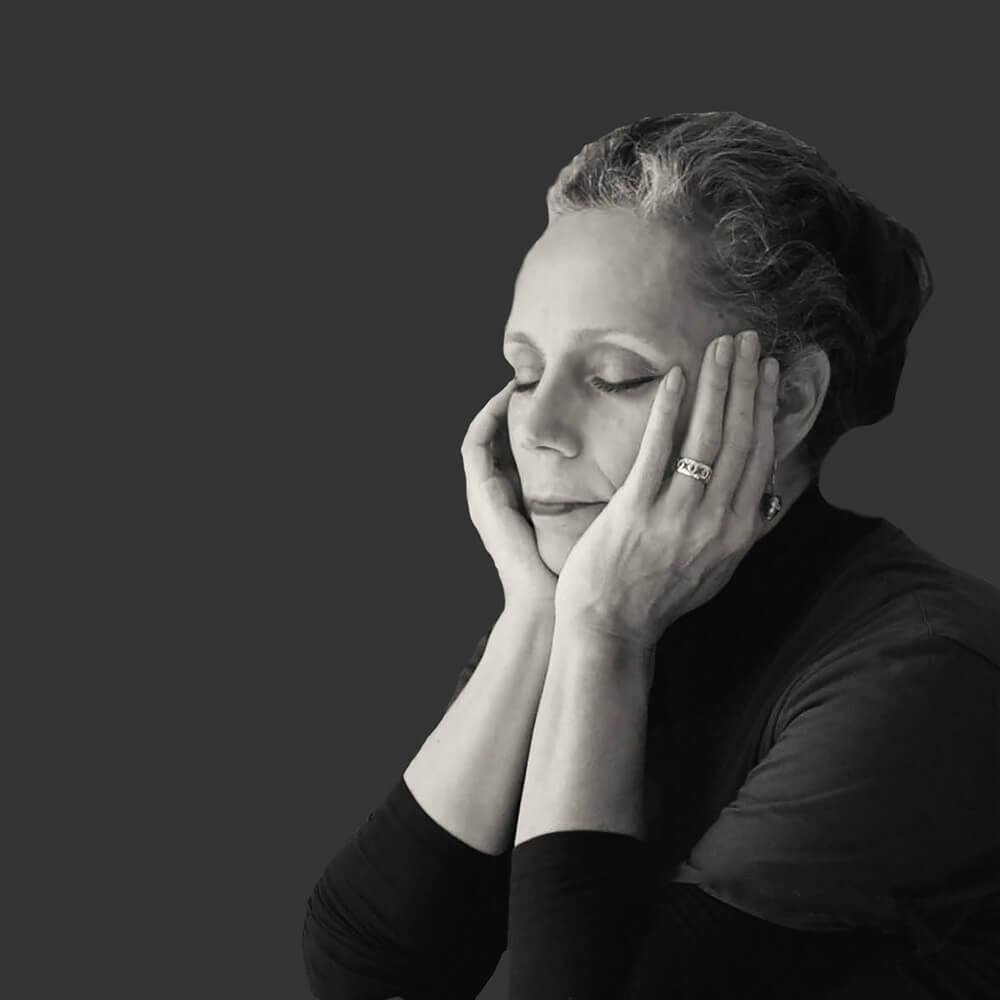Yas Crawford was born in Pembrokeshire in Wales where the geological landscape and biological make-up have subliminally influenced her work. Yas has had a career in geology, microbiology and life sciences, only later finding her way into photography. She now works in the 'Grey Space' between disciplines, connecting them via internal and external human landscapes often revealing micro and macro environments intertwined. She attempts to explain the emotion, not necessarily the science. She examines the point where science falls short and art steps in. Using digital and analogue photography, Yas's work has naturally developed in a fine art form because this is how she imagines the condition or the situation.
Her multidisciplinary background enables her to explore abstraction, recognise areas of ambiguity often through topographical and geometrical shape. The repetitive nature of Yas's images reveals her scientific thinking: the constant production of sets of images produced as if they are a scientific experiment, carefully catalogued for success or failure and reflected in the images' numbering.
The abstraction in her images gently removes the objectivity, however, and leaves her imagery open to everyone for interpretation, making it a safe place for her audience to absorb the information. Yas's work has been exhibited internationally, won several awards for her work and a finalist at the RPS Science Photographer of the Year 2019 with 'Oxygen Ib'
A Biological Journey
Biology defines us, it's almost rule-less unlike physics and chemistry, which are laden with laws, regulation and procedure, a necessity but limited. The path of the cycle of life remains in the 'Grey Space' that space in-between disciplines and is challenging. The Holocene Epoch; a journey of geological creation, the first life on earth, adapting genetics, human behaviour and interaction, environmental change and viral contamination remains a biological mystery undefined, ambiguous, unknown and often uncontrolled by humankind. Working within the 'Grey Space' I anticipate a journey tracing time, stimulating our senses, finding consciousness in the subconscious and allowing us to live, for a moment, in the present.
